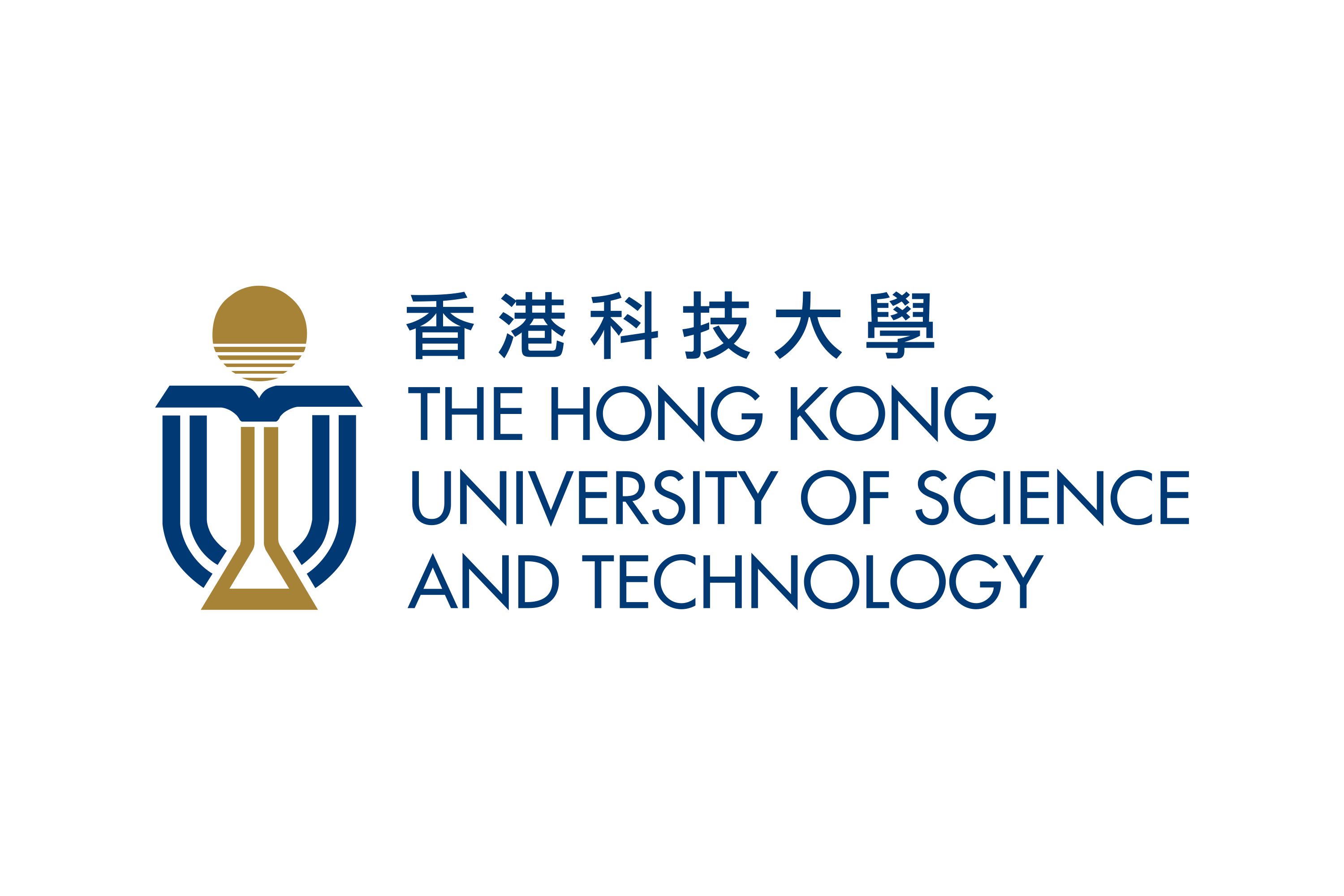
The Hong Kong University of Science and Technology
Green Education Ranking
#296
About The Hong Kong University of Science and Technology
Established in 1991, The Hong Kong University of Science and Technology (HKUST) is an international research university dedicated to top-notch education and research. Founded on its mission to advance learning and knowledge through teaching and research particularly in science, technology, engineering, management and business studies complemented by humanities and social sciences, as well as assisting in Hong Kong’s socioeconomic development, this young and ambitious University has gone beyond the wildest dreams of many, climbing high in international esteem and reaping numerous honors and accolades. Hailed widely as a ‘miracle’, the stunning achievements of HKUST do not come about miraculously. They boil down to the University’s positioning as a focused elite research university; its strong ties to global institutions and wide-ranging connections with Mainland China; the championing of interdisciplinary studies; its dedication to educating well-rounded students who flourish in today’s world, strong in entrepreneurial spirits and innovative in thinking; its mission to be a global premier knowledge hub, crystallized in the HKUST Jockey Club Institute of Advanced Study; and, last but not least, a spectacular setting by the sea that makes the University an attractive location for the pursuit of intellectual and academic excellence. Furthering its mission of providing holistic education to its students, the University welcomed the new Shaw Auditorium in the Fall of 2021. It became the home to its cultural activities and a new landmark for large-scale events, providing new flexibilities and possibilities to create a vibrant art and cultural scene on campus. In September 2022, HKUST entered a brand-new era of “HKUST2.0” with the opening of The Hong Kong University of Science and Technology (Guangzhou) (HKUST(GZ)), its state-of-the-art new campus in Nansha, Guangzhou. Under the "Unified HKUST, Complementary Campuses" framework, HKUST and HKUST(GZ) will forge together "HKUST 2.0", a blueprint for next-generation pedagogies that take advantage of the complementary academic structures and shared resources to nurture forward-looking and creative talents, as well as pioneer a new way forward in higher education. Keen on curating a diversified and international learning environment, HKUST is now home to over 16,000 students spanning more than 80 countries over five continents. Whereas the world’s amazing talents are flocking to the campus for an eclectic educational experience, students enrolled are earnest in expanding their horizons by joining the University’s varied exchange programs, which now include over 300 partners worldwide. An international mix of students aside, HKUST also lives up to its promise as a stronghold of cutting-edge research and a magnet for distinguished academics and influential thinkers. HKUST has consistently achieved the highest success rate in the Research Grants Council’s annual competitive General Research Fund exercise, which reaches 45% in 2019-2020. The University sees a total of 42 faculty named Fellows of the Institute of Electrical and Electronics Engineers (IEEE), which is among the highest in Hong Kong. In 2011, its faculty reaped five State Science and Technology Awards, which are among the most prestigious awards in science and technology conferred by the State Council of the People's Republic of China, the largest share among local tertiary institutions. In addition to the six Chinese Academy of Sciences academicians at HKUST, nine faculty members also entered the National Science and Technology Programs Expert Database.
About World Green University Ranking
World
Green University Ranking 2024 is a
scholarly acknowledgment of educational
institutions standing at the forefront of
Education for Sustainable Development (ESD) and
leading the Green Education Transformation
(Education 6.0).
World Green University Ranking classifies
universities based on the six pillars of the
Holistic Green Education Framework, including
leadership governance, curriculum, innovation,
facilities, human capital, and community
partnerships.
The methodology employed in our Green Education Ranking is designed relying on the six pillars of the Holistic Green Education Framework. Each pillar contributes to the institution’s overall score, with a carefully assigned weight reflecting its significance in fostering sustainability. The total weight of the six pillars collectively amounts to 100%, signifying a balanced evaluation across critical dimensions of Green Education. Within each pillar, various standards are carefully assessed, with weights ranging between 1 and 2, emphasizing the varying importance of each criterion. This nuanced approach ensures a holistic evaluation and offers an insightful measure of universities commitment to Green Education Transformation (Education 6.0).
| # | Six Pillars of Green Education Framework (6Gs). | Weight |
|---|---|---|
| 1 | Green Educational Leadership | 14% |
| 2 | Green Curriculum | 17% |
| 3 | Green Innovation and Research | 19% |
| 4 | Green Facilities | 15% |
| 5 | Green Human Capital | 19% |
| 6 | Green Communities | 16% |
| Total | 100% |

